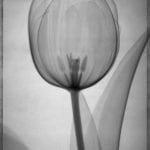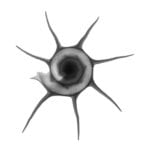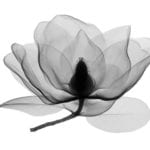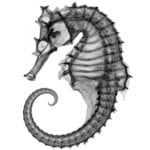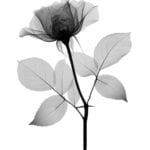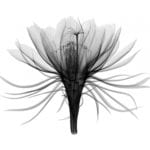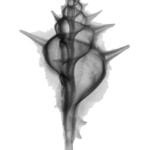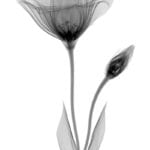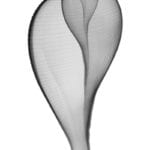January 2013
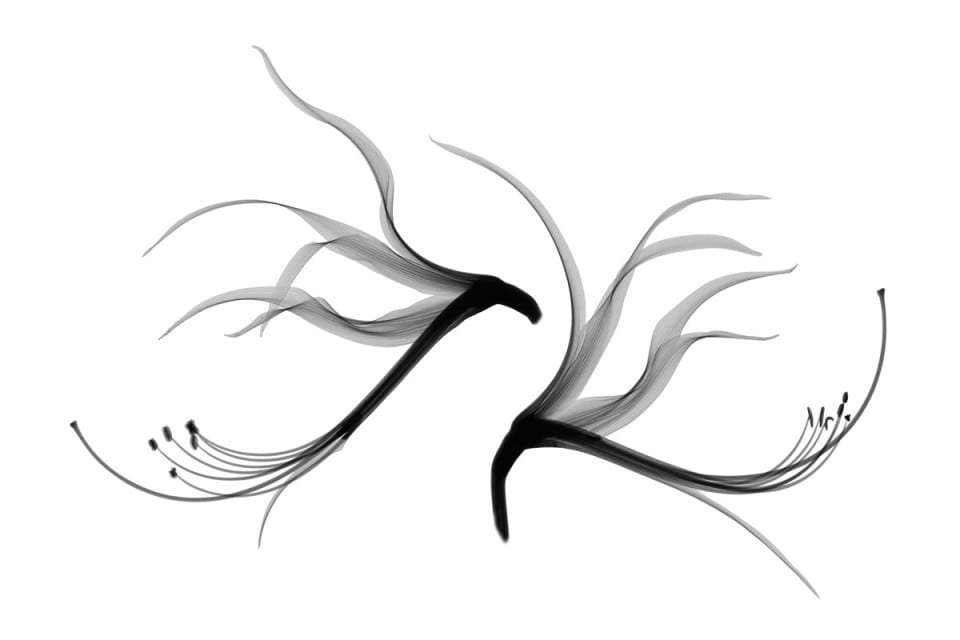
Biography and Artist Statement
As a young man growing up in Oak Ridge, Tennessee, also known as the Atomic City, Don Dudenbostel developed an interest in science. His interest in photography came about because of his father, an amateur photographer. He received his first camera at the age of seven. While in school, he was introduced to the concept of x-ray photography which became the perfect blend and balance of science and art. This concept continued as he worked his way through college as a photo journalist while majoring in the sciences. He studied with both Ansel Adams and Arnold Newman in the mid-70’s. He received numerous national and international awards for his work, as well as numerous exhibitions of his x-ray art.
Having been a professional commercial photographer for over 45 years, Don is now transitioning back to his first love. Since 1965, Don has been intimately involved in x-ray art: the delicate beauty within the flower or the amazing spiraling patterns of the inside of a seashell. Even the gears of an alarm clock make an amazing abstract pattern. By the use of x-rays he is able to reveal, on film, this hidden beauty, this mystery.
Don’s images share similar qualities with Man Ray’s Rayograms, but differ in that Man Ray used visible light while Don uses x-rays. Unlike visible light, x-rays render the subject transparent. The resulting shadow reveals the intricate detail within the subject’s interior, rather than simply an external form. The equipment used for these images is very different from traditional medical x-ray equipment in that it is capable of running at energy levels well below what would be used in the medical industry. Traditional black-and-white photographic film and Polaroid 55 film is used. The subject is placed directly on top of the film in the position required to see the image. An x-ray tube with a beryllium window is placed directly above the subject. An appropriate energy ranging from 4KV to 160KV (KV is 1,000 volts) is applied to the tube resulting in exposures ranging from half a second to one hour.
While the process of making the print does not differ from the traditional archival process, the method and technique of capturing the image is quite unique. There are no books written on this subject. There are no instructors teaching this technique. The process of developing this technique is both expensive and time consuming. It must be self-taught through trial and error.
http://x-rayarts.com
Jerry Atnip
Jerry Atnip has a 38-year career as a commercial and fine art photographer. His images have been published in 40 countries, and since 2003, he’s held over 75 exhibitions and been presented with over 90 awards. He is also a teacher, workshop director, curator, juror, frequent lecturer and serves on the boards of several Arts &
Photography organizations, including Atlanta Celebrates Photography festival and Slow Exposures Photofestival. His work has been collected by museums, corporate and private collectors and he is an Exhibiting Member of The National Arts Club in New York.


